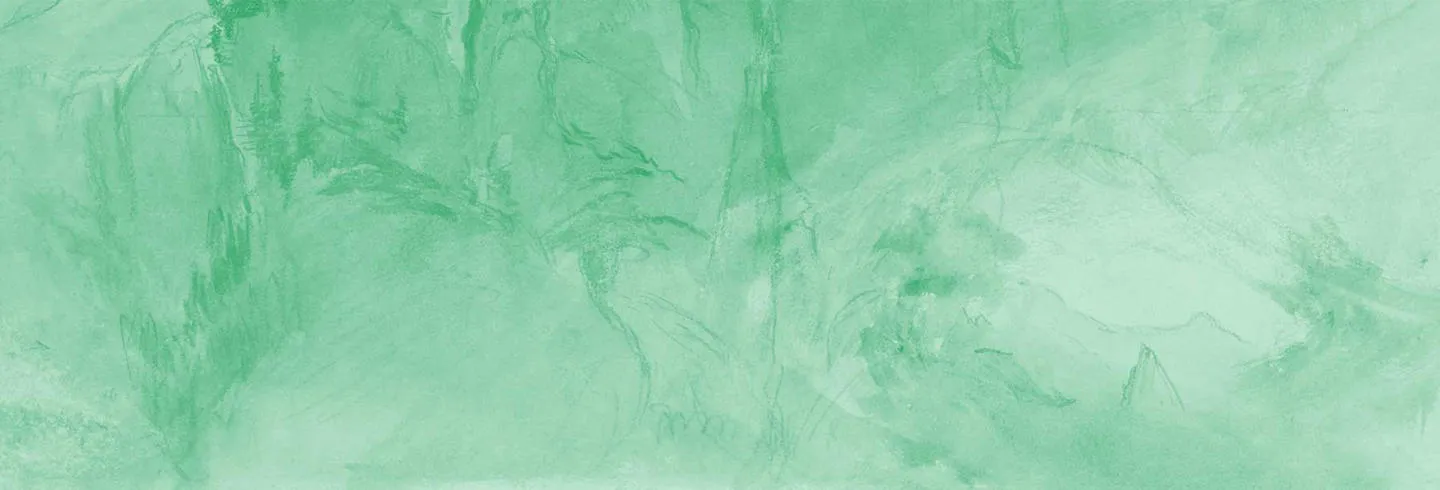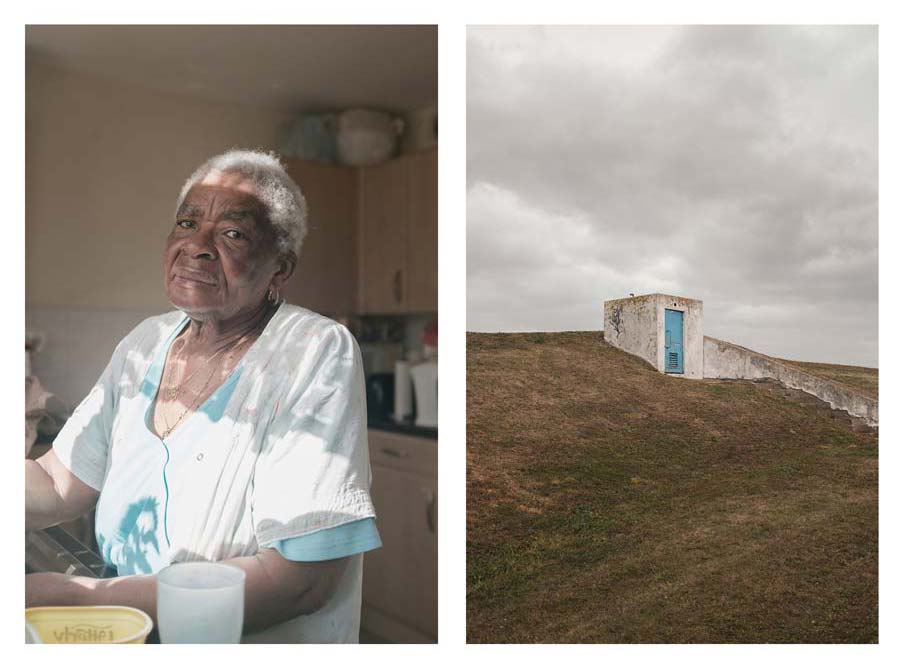
Editorial: On Belonging

Midlands Art Papers Editor Sophie Hatchwell introduces this fourth issue of MAP and discusses one of common themes that run throughout the following articles: the ways in which art objects can help us understand what it's like to belong or not belong in different places and at different time.
- Sophie Hatchwell
- Download a PDF of this article
- Keywords: belonging, region, West Midlands, art collections, mobility
The essays in the fourth issue of Midlands Art Papers circle around questions of belonging: how might art objects help us to understand what it is like to belong, or not belong, in different places and different times? As MAP centres on public art and design collections in the Midlands, the following articles all investigate works that are either housed or were made in the region. Their subjects, however, are wide-ranging, from representations of slavery in seventeenth-century Spain, to post-colonial migration in the Midlands and the North of England in the 1950s and 60s. Across the following essays, we ask to what extent can these works shed light on our own experiences of connection and belonging?
As an introduction to this Issue, I wanted to reflect on what ‘belonging’ might mean. We may think of it as a state or a disposition. To belong is to come from somewhere: to have a deep knowledge of, and a tangible connection to, a specific environment; to see yourself - your life, views or experiences- as embedded within a particular place. Belonging may also be about our connections to people, our place in a community, or within a family. In her seminal work on the subject, bell hooks talks of belonging as a sense of being ‘rooted to familiar ground’ and ‘the certainty of knowing one’s place’ [1]. Belonging is also a process and an action: it is something you can search for; something you may create and build; something you feel-or not. It can be more of a wish than a certainty, and something you look for but will not necessarily find. It may be something you are actively barred from. Our sense of belonging is tied to our position within power-driven political and cultural systems. If we experience ourselves as disenfranchised, as unrepresented, or unwelcome and excluded, we in turn may find our sense of belonging either eroded or illusive.

Fig.1 Marley Starskey Butler, Where Do I Know You From / Home © the artist
Art sits between all these different and disordered ideas of what belonging means, both in how it is made, and how it is viewed. British art history has traditionally placed great value on art that is connected to a particular place. Consider the admiration felt towards John Constable, for his ‘desire to work with the “endearing affections” of familiar scenes’ as he spent his life painting the landscapes of Suffolk [2]. Or the fascination with Paul Nash’s genius loci - his interest in exploring ‘the spirit of place’ through representations of the Neolithic landscapes of Oxfordshire [3]. Collections of art have likewise been arranged around place-based relationships: large survey museums traditionally organised art works by national schools, for example, with artists and works grouped according to their geographical origins or affinities - the National Gallery in London is still arranged in this way. However, as recent scholarship about British art has shown, many artists have also been excluded from our national art history as a result of intractable and discriminatory ideas about who gets to belong as an artist in this country [4].
More recently, with a growing acknowledgment of the mobility of the arts, attention is turning to art practices that disrupt and question notions of fixed, unproblematic connections to specific places or cultures. The current manifestation of the British Art Show (BAS9), which will travel to Wolverhampton Art Gallery in January 2022, is an interesting case in point. Although it is titled the ‘British Art Show’, it doesn’t just feature artists born and working in the UK, but also artists from the UK who are resident abroad, as well as artists from other countries who have either worked in Britain, or whose work has had a significant impact on British practice. Exhibitions like this are challenging our preconceptions about art-making, place and culture, and in turn are suggesting productive new frameworks for how to think about British art practice. In this spirit, the launch event we held to celebrate the publication of this issue of MAP considers how these new approaches might apply at a regional level, by exploring expanded notions of what belonging may look like within the West Midlands. We heard from artists, educators and curators from the region about their views on the links between their practice and their connection to place. Mark Essen, Dawinder Bansal, Marley Starskey Butler, Hannah Tayor and Maggie Ayliffe all discussed their varying perspectives of the contemporary art scene in the West Midlands and considered the extent to which a regional association feeds into their practice.
This discussion about belonging in the region seeks to complement the varied subjects covered by the articles in this Issue. Some of these articles explore the ways in which objects and practices are rooted in a particular place, through analyses of works of art and design produced within the West Midlands (as seen in the essays by Unsworth, Simpkiss and Campbell). Others look instead at exclusion, and consider the ways in which art works offer us an insight into historical incidences of disenfranchisement and marginalisation (Cobby and Randall). Finally, we feature articles that explore mobility and movement, focusing on art works and artists that have travelled, and tracing the global connections that expand from our region (Correia, Nichols, Osbourne and Rahman).
Endnotes
[1] Bell Hooks, Belonging: A Culture of Place (NY: Routledge, 2008), 2.
[2] Sam Smiles, ‘Landscape Painting c.1770-1840’ in A Companion to British Art 1600 to the present, eds. Dana Arnold and David Peters Corbett (NY: Wiley, 2013), 409.
[3) E.g. Roger Cardinal, The Landscape Vision of Paul Nash (London: Reaktion, 1989).
[4] See Rasheed Araeen, 'A Very Special British Issue?' Third Text (2008), 22:2, pp125-144; Lubaina Himid, ‘Inside the Invisible: For/Getting Strategy’ in Shades of Black : Assembling Black Arts in 1980s Britain (Duke, 2005), pp. 41-47; Dot Price, ‘Retrieving, Remapping and Rewriting Histories of British Art: Lubaina Himid’s “Revenge”’ in Arnold and Peters Corbett (2013), pp. 289-314, Lizzie Robles, ‘Making Waves’, NKA (2019), 45, pp. 48-61.